Empanidillas: The Global Spice-Packed Pocket of Flavor You Need to Try
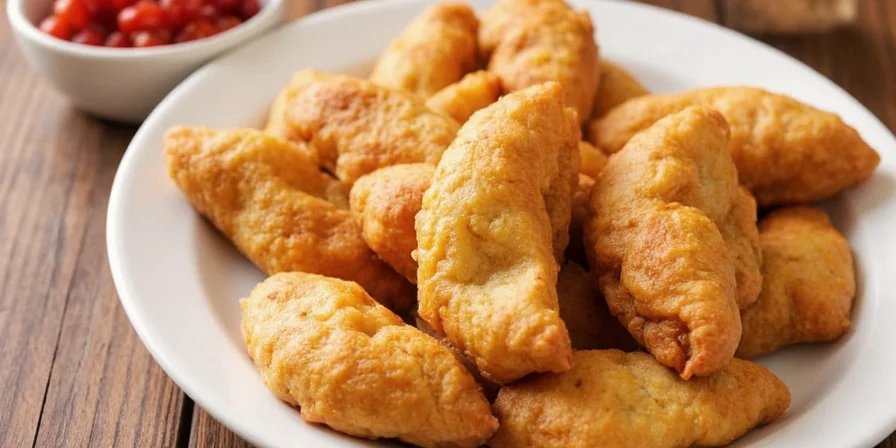
Table of Contents
- What Are Empanidillas?
- A Journey Through Global Spice Traditions
- Tips for Making Perfect Empanidillas at Home
- Flavor Variations Across the Globe
- Pairing & Serving Suggestions
- Conclusion
What Are Empanidillas?
So you’ve heard the word empanidillas, maybe in passing at a food festival or while binge-watching travel vlogs. But what exactly are they? In short, empanidillas are bite-sized fried pastries filled with spiced meats, seafood, or veggies. They're like the fun-sized cousins of larger stuffed pastries such as Latin American empanadas, Caribbean patties, or South Asian samosas.
Think of them as flavor bombs wrapped in crispy dough and kissed by golden oil. Whether you’re snacking at a market stall in Buenos Aires or enjoying tapas in Seville, empanidillas deliver that perfect balance of crunch, heat, and aromatic spice.
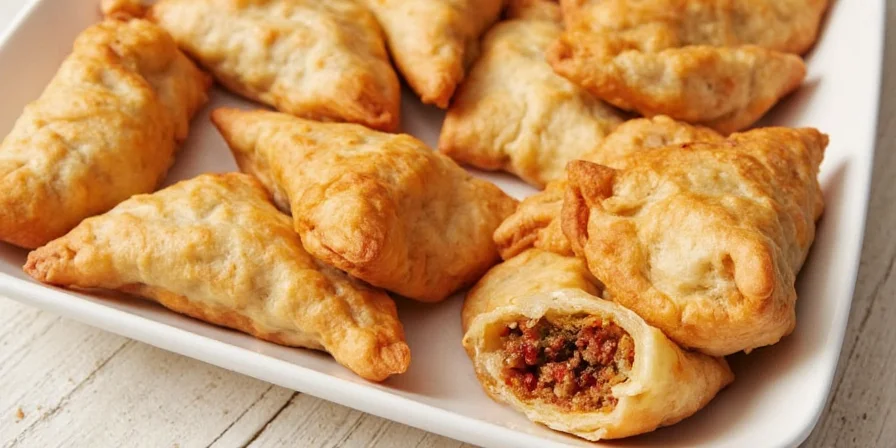
A Journey Through Global Spice Traditions
Spices are the soul of empanidillas — each region adds its own signature blend to create distinct flavors. Let’s explore some of the most iconic spice profiles used around the world:
| Region | Signature Spice Blend | Flavor Profile |
|---|---|---|
| Argentina | Paprika, cumin, oregano | Earthy, smoky, slightly herbal |
| Mexico | Chili powder, garlic, coriander | Spicy, savory, bold |
| Philippines | Garlic, black pepper, turmeric | Warm, earthy, slightly pungent |
| Spain | Paprika, smoked paprika, thyme | Smoky, sweet, aromatic |
| India (inspired) | Garam masala, cumin, mustard seeds | Aromatic, complex, layered |
Turmeric Twist Tip:
If you're going for a Southeast Asian flair, try adding a pinch of turmeric to your filling mix — it not only adds color but also a subtle earthiness that elevates the overall taste.
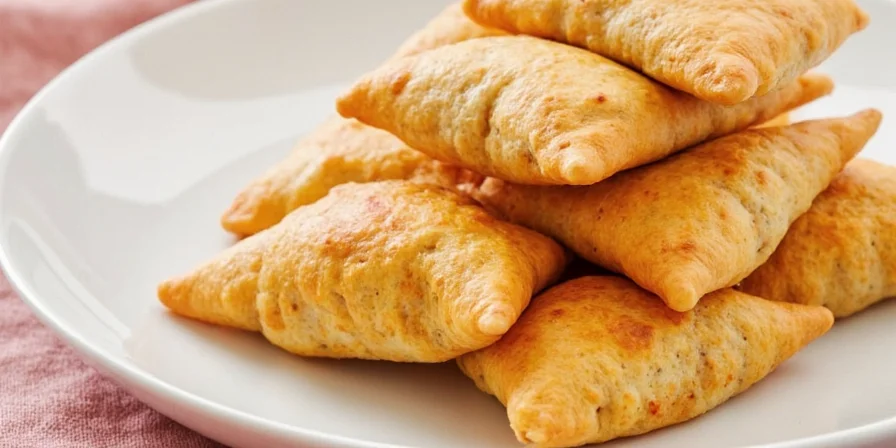
Tips for Making Perfect Empanidillas at Home
Ready to roll up your sleeves and make some empanidillas at home? Here are 7 essential tips to get you started — and keep your fingers from burning in the process!
- Dough Secrets: Use store-bought puff pastry or gyoza wrappers for a quick fix, or go all-in with homemade dough using flour, salt, cold water, and a splash of vinegar for elasticity.
- Filling Ratio: Aim for a 2:1 dough-to-filling ratio — nobody wants a dry, doughy pocket without enough flavor punch!
- Sealing Like a Pro: Brush the edges with beaten egg or water before sealing to ensure a tight fold. A good seal = no oil leakage during frying.
- Bite-Sized Perfection: Make sure each empanidilla is about 1.5–2 inches wide — easy to handle and ideal for sharing.
- Oil Temperature Matters: Keep the frying oil between 350°F–375°F (175°C–190°C). Too hot = burnt outside, raw inside; too cool = soggy nightmares.
- Drain Properly: After frying, place them on a wire rack over a baking sheet or paper towels to drain excess oil. No one likes greasy fingers!
- Rest Before Serving: Let them rest for 2–3 minutes so the juices settle and don’t explode when bitten into.
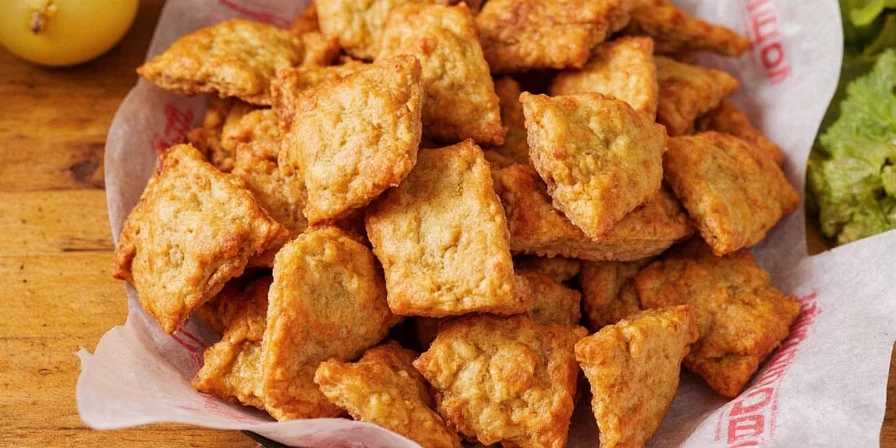
Flavor Variations Across the Globe
While the base idea of empanidillas remains consistent — fried, stuffed, spicy — their fillings and seasonings vary wildly depending on local tastes and available ingredients. Here’s a quick rundown of how different cultures have made them their own:
- Latin America: Typically filled with seasoned ground beef, olives, hard-boiled eggs, and raisins. Spices include cumin, paprika, and sometimes cinnamon — yes, cinnamon!
- Caribbean: Think jerk-spiced chicken or goat meat, often with green onions and Scotch bonnet peppers. These ones bring the heat.
- Asia-Inspired: Tofu, cabbage, and bean sprouts with ginger, garlic, soy sauce, and sesame oil — a vegetarian twist with umami depth.
- Mediterranean Style: Spinach, feta cheese, pine nuts, and a dash of nutmeg — savory and surprisingly rich.
- North American Fusion: BBQ pulled pork, jalapeños, and cheddar cheese — because why not?
Chef’s Note:
If you're feeling adventurous, try swapping traditional fillings with something like kimchi and shrimp or even curry chicken! Innovation is key when reinventing old classics.
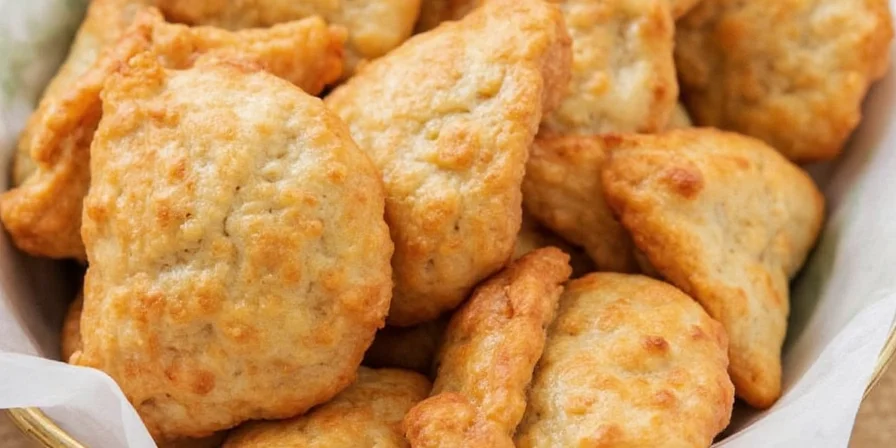
Pairing & Serving Suggestions
Let’s talk about what goes well with empanidillas. Because yes, they can stand alone as a snack, but when paired thoughtfully, they become a full experience:
- Sauces: Chimichurri, aioli, salsa verde, mango-lime crema, or tamarind chutney — pick one that complements your filling’s flavor profile.
- Drinks: Cold beer, citrusy cocktails (like a Paloma or margarita), or a crisp white wine like Sauvignon Blanc.
- Serving Style: Arrange them on a rustic board with pickled vegetables, fresh herbs, and dipping sauces for a charcuterie-style vibe.
- Sidekicks: Serve alongside a light salad, roasted plantains, or a warm baguette to soak up extra sauce.
- Kids Love ‘Em: Make mini versions with milder fillings and call them “spice nuggets” — you might just sneak in some greens!
Pro Pairing Tip:
If you're going for an Argentinean version, pair it with a glass of Malbec — it enhances the richness of the meat and balances the spice beautifully.
Conclusion
Whether you call them empanidillas, hand pies, or mini empanadas, these little fried bundles of joy are more than just a snack — they’re a culinary passport to global spice traditions. From the smoky cumin-laced versions of Argentina to the fiery jerk-inspired bites of the Caribbean, empanidillas celebrate flavor, culture, and community.
So next time you’re planning a dinner party or just want to jazz up your weekend cooking, grab some dough, spice up your life, and fry up a batch of empanidillas. With the right techniques, a dash of creativity, and a love for bold flavors, you’ll be serving up global street food magic from your very own kitchen.
Remember: Great things come in small, fried packages. And nothing says “I’m a flavor adventurer” quite like biting into a perfectly seasoned, crispy empanidilla.
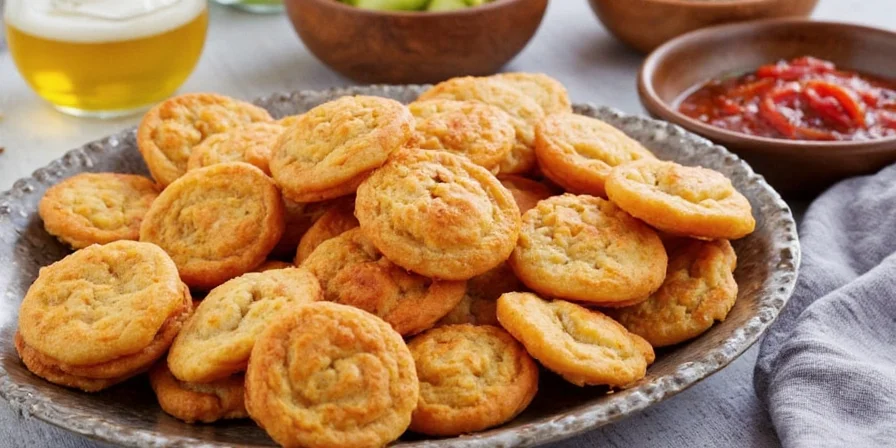











 浙公网安备
33010002000092号
浙公网安备
33010002000092号 浙B2-20120091-4
浙B2-20120091-4